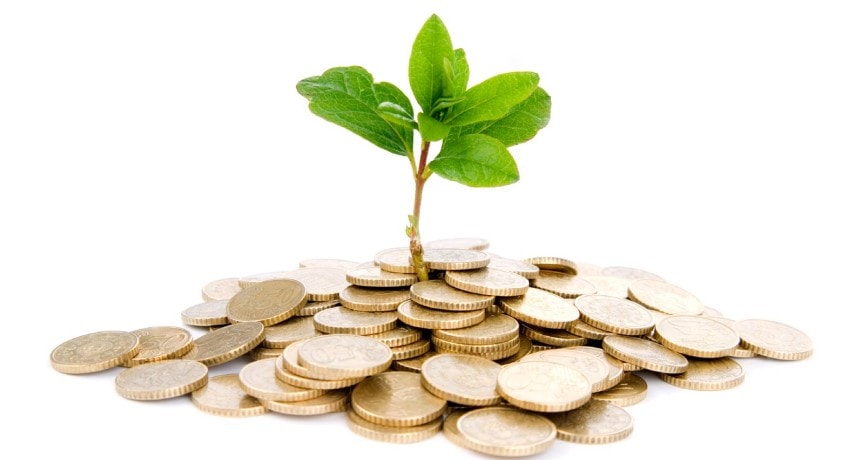 The first settlers of Madeira fought a hard fight with the earth, carrying out extensive fires, digging into the mountain in terraces to see their efforts rewarded. The favorable climate of the island also contributed to the land thrive, and wheat production has become one of the greatest wealth of the island. This cereal was exported on a large scale for the Portuguese possessions on the African coast, giving thus the first cycle of Madeira economic history.
The first settlers of Madeira fought a hard fight with the earth, carrying out extensive fires, digging into the mountain in terraces to see their efforts rewarded. The favorable climate of the island also contributed to the land thrive, and wheat production has become one of the greatest wealth of the island. This cereal was exported on a large scale for the Portuguese possessions on the African coast, giving thus the first cycle of Madeira economic history.
At the end of the fifteenth century the production of wheat began to decline, while the production of sugar cane flourished, constituting the second cycle of the Madeira economy.
The export of sugar to the cities of Bruges and Antwerp, the major trading centers of that time, contributed to the enrichment of various owners and Madeiran traders who lived in great opulence and luxury. Trade with Flanders also allowed the purchase of numerous works of art, not only raw painting works, but also sculpture and jewelery. These works adorned churches and stately homes from the Atlantic court. Fortunately many of these pieces of art are not misled or suffered the effects of weather and other damage, and still can be seen today in various museums of Funchal.
Over the centuries the Madeira economy has gone through ups and downs, alternating periods of great prosperity with other crisis associated with trade cycles of sugar and wine worldwide. Competition from plantations and mills of other colonies, especially Brazil, have questioned the production of sugar, while the plagues of vineyards almost eliminated the wine trade. It took a few decades less happy, with less exports, and Madeira wine was almost only used in the kitchen.
The situation has further improved with investment in new markets. After accession to the European Union a technological improvement in the production process was possible.
Currently the great engine of the Madeira’s economy is tourism. Madeira is one of the most attractive destinations in Europe.
In agriculture, banana production is mainly directed at regional and national consumption, flowers and the famous Madeira wine also make an important contribution to the regional economy.
Industrial activity in the Madeira Autonomous Region has become increasingly diverse, highlighting small industries oriented to local consumption (pasta, dairy products, production and packaging of sugar, cement, among others ) and the craft sector: Madeira embroidery, tapestry and wicker items.
The free zone of Madeira also increased international investment, and several foreign companies come to settle on the island.

